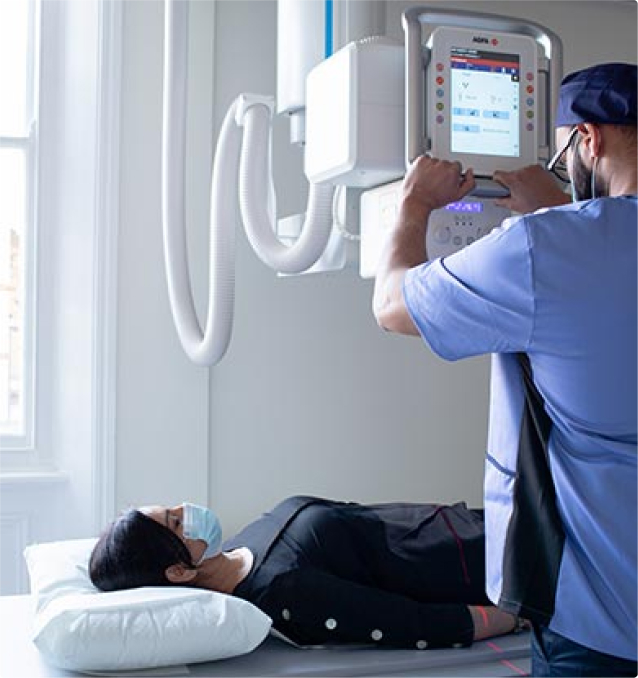Award winning Specialist
Medial Branch Blocks London

Medial branch blocks offer excellent pain relief for certain back and spine conditions, such as facet joint syndrome and spinal arthritis. The medial branch nerves carry pain signals from your spinal joints to the brain, which can lead to chronic or severe pain. Stopping these pain signals with a medial branch block injection can help diagnose and treat nerve pain in your back. Learn more about this spine and back pain treatment below.































